First, your question shows that your power supply is rated for 60W. It kind of looks like your LED strip is rated at "72W per 5 meters"...Are you using 5 meters?? If so, I think we can all agree that 72 > 60. That will burn-out your power supply. That also means you were actually using 6A, not 1.2A.
For the rest of my answer, I will assume that you're only using 1.2 meters, which explains why your image shows "1.2A" (because 72W/12V/5 1meterStrips = 1.2A). Note that 1.2 meters would actually mean 1.2A*1.2meters = 1.44A.
Anyway, that reed switch is only rated for 0.2A, but you have 1.44A going through it!
To use that reed switch in your setup, you'll need to use it as a low-current sensor of sorts to activate a relay which will control the high current.
The circuit below shows an example:

A typical cheap relay can handle say, 10 A. That leaves leaves plenty of margin for the LEDs (1.44A).
To activate the relay, the magnetic coil must be activated.
Let's assume you have a 12V relay with a 200Ω coil...
12V/200Ω = 60mA of current in the coil. That also leaves plenty of margin for the reed switch (max of 200mA).
Note that relays come in many different flavors, and a relay with a resistance of 12V/200mA = 60Ω or less would overload that reed switch, and you're back to where you started. So just be sure you use one that works for your circuit.
Observe the flyback diode in the diagram. That is there to protect the circuit from energy spikes that occur when a relay is turned off quickly. It's not a simple phenomenon to study for beginners, but just realize that you should have the diode in the circuit because the relay's coil is an inductor.

